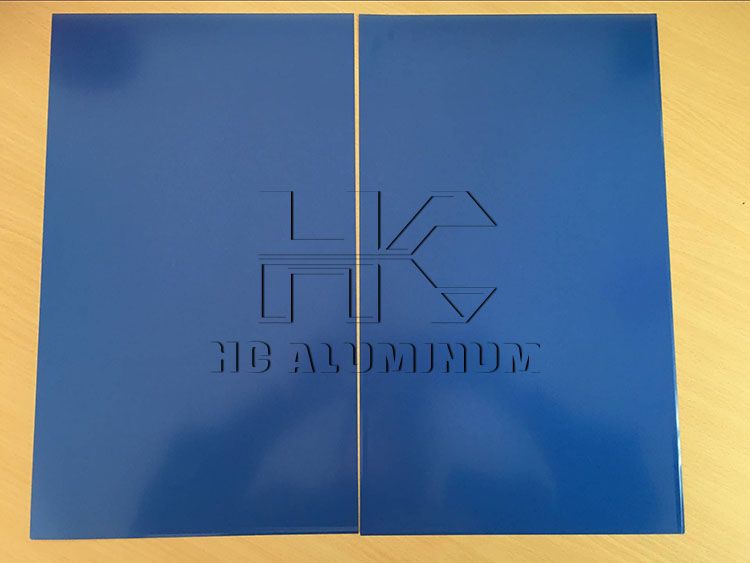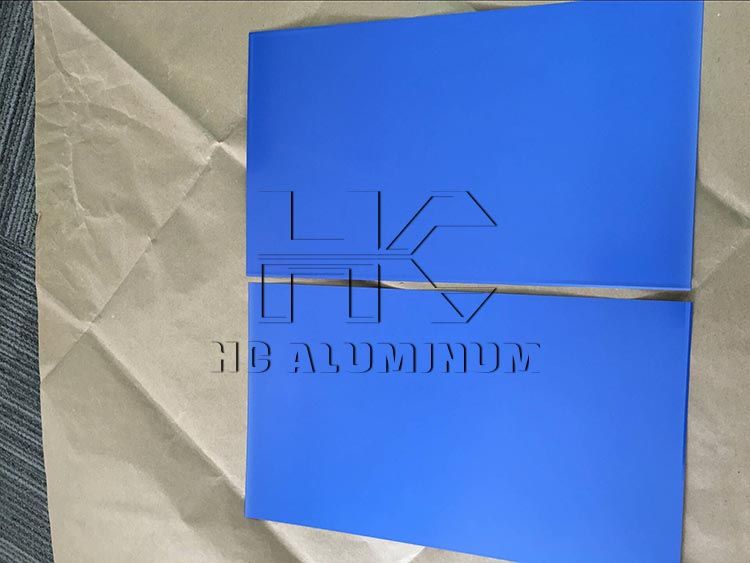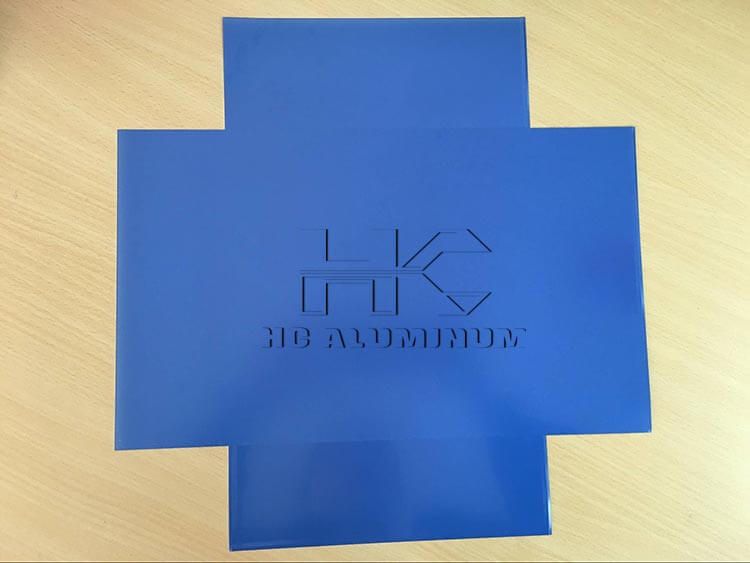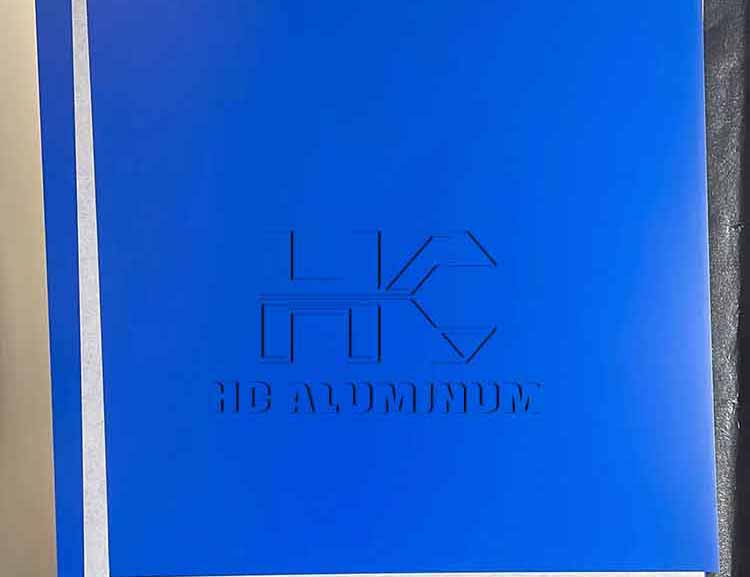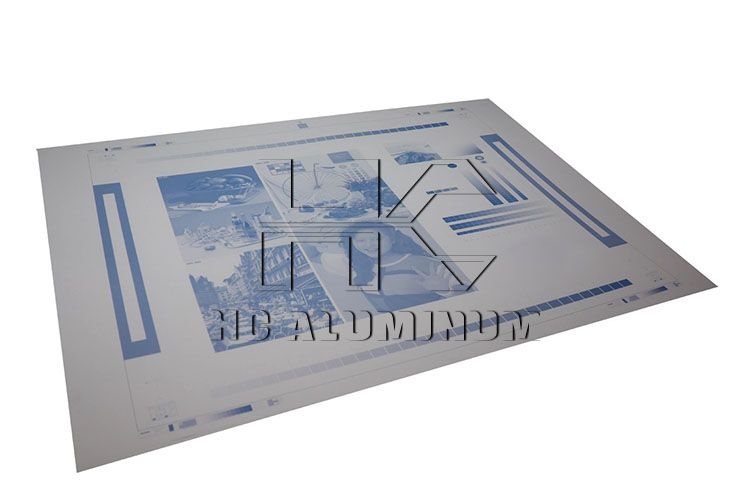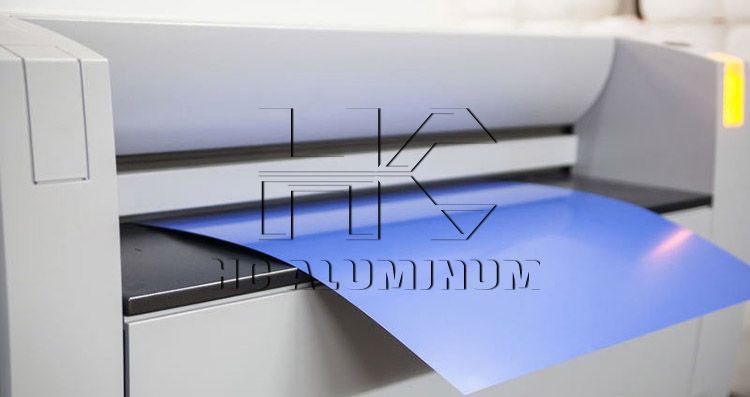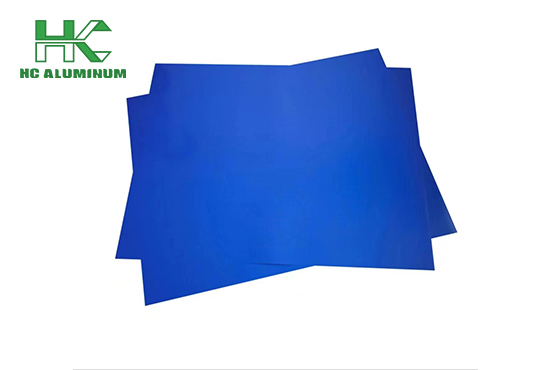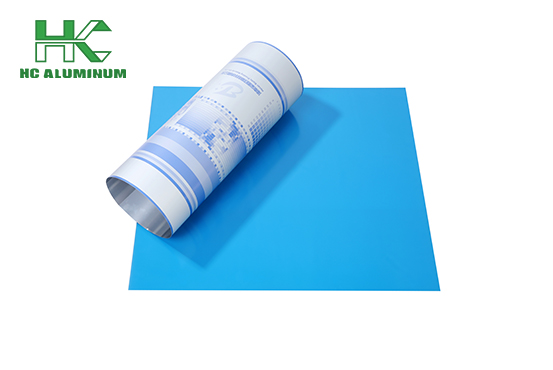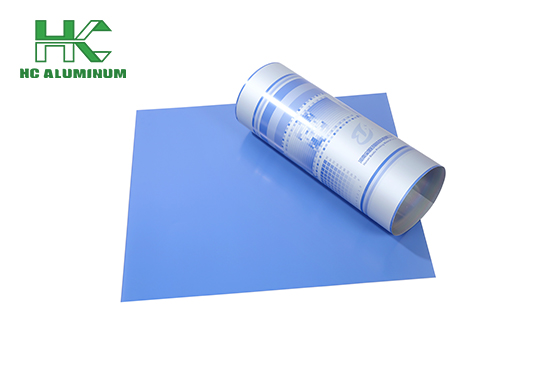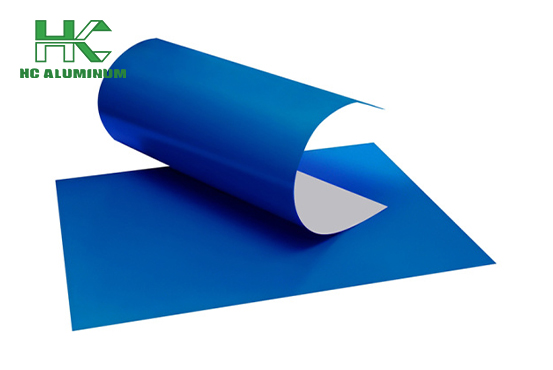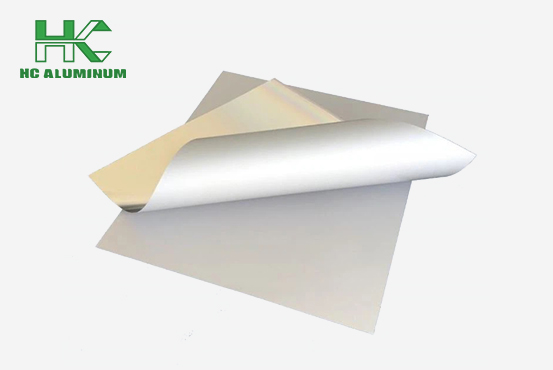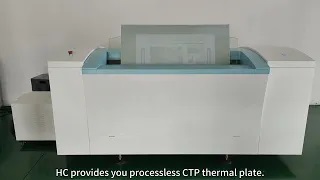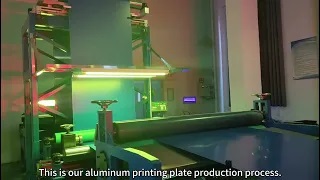Where to Buy CTP Offset Printing Plates Customized
In the printing industry, CTP plates have become one of the core consumables of modern printing production due to their high precision, high stability and environmental protection characteristics. Different printing needs have significantly different requirements for the size, thickness and performance of the plates, and flexible customization services provide companies with more accurate solutions.
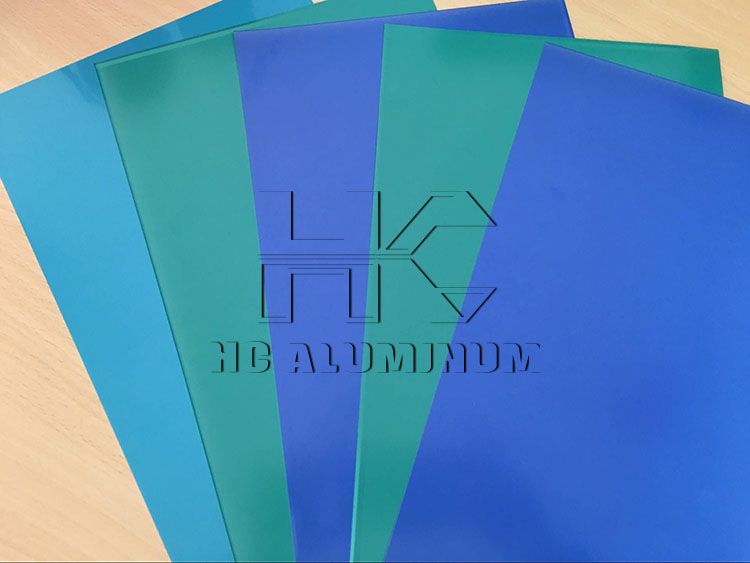
1. Standard size and thickness selection of CTP plates
The standard size of CTP plates is usually designed according to the specifications of mainstream printing equipment to adapt to the printing needs of different formats. The common standard sizes on the market include:
Small size: 570×510mm, 650×550mm, 670×560mm, etc., suitable for four-open or eight-open printing presses.
Medium size: 730×605mm, 745×605mm, 755×625mm, etc., suitable for four-open printing equipment.
Large size: 830×670mm, 915×715mm, 920×760mm, etc., suitable for large-format printing needs.
Extra-large size: Some high-end platemakers even support ultra-wide plates of more than 2.8 meters, such as Kodak Magnus Q4800 series, to meet special industrial printing needs.
2. CTP offset printing plates customized
In order to cope with diverse printing needs, CTP sheet suppliers like HC Printing generally provide customized services, which are mainly reflected in the following aspects:
Size customization
In addition to standard sizes, Hongchang can produce non-standard ctp plate sizes according to customer needs, such as special aspect ratios or ultra-large format sheets.
Flexible thickness adjustment
Thickness customization has become an industry trend. For example, 0.24mm thick plates can meet the compatibility requirements of specific equipment, and special coating technology can also achieve thickness tolerance control within ±0.003mm to ensure printing stability.
Optimized photosensitive performance
Customized photosensitive wavelengths (such as 320-450nm or 800-850nm) can be adapted to different platemaking machine types (internal drum, external drum or platform) to improve exposure efficiency. Some high-end plates also support high resolution (3200dpi) and FM screen printing to meet the needs of fine graphics.
Coating and surface treatment
Coating color (such as blue, gray), development contrast and chemical resistance can be customized. For example, the baking-free CTP plate can be directly printed on the machine through a special coating design without the need for additional baking steps, saving time and cost.
Supporting process support
Hongchang also provides supporting CTP developer, protective glue and plate cleaning agent, and optimize the developing temperature (such as 23℃±1℃), time (30 seconds ±5 seconds) and replenishing liquid dosage according to the customer's equipment parameters to ensure stable plate making quality.
3. The value and application scenarios of customized CTP Plates
Equipment compatibility
Customized size and thickness can ensure that the plate can be seamlessly connected with existing printing equipment, reducing material waste and efficiency loss caused by size mismatch.
Special printing needs
For example, oversized plates are suitable for billboards, packaging printing and other fields; ultra-thin plates are suitable for short-run printing such as labels and instructions.
Environmental protection and cost optimization
Customized photosensitive coating and development process can reduce the use of chemical agents and reduce environmental pollution. At the same time, baking-free technology and high printability further improve production efficiency.

